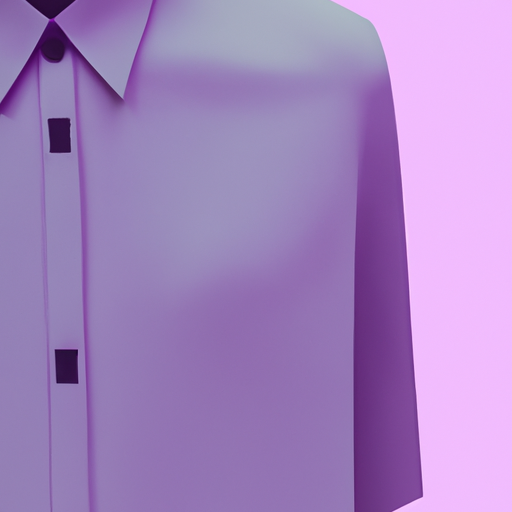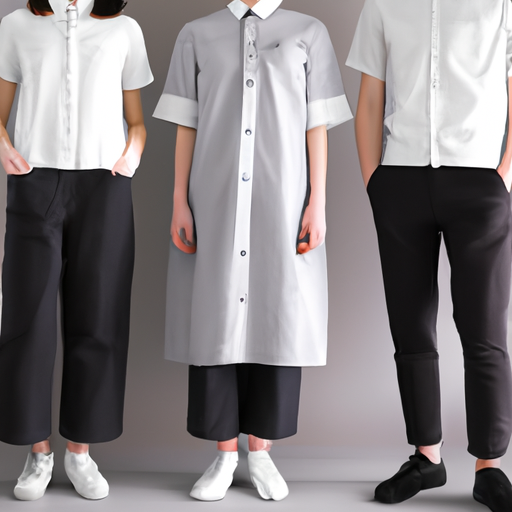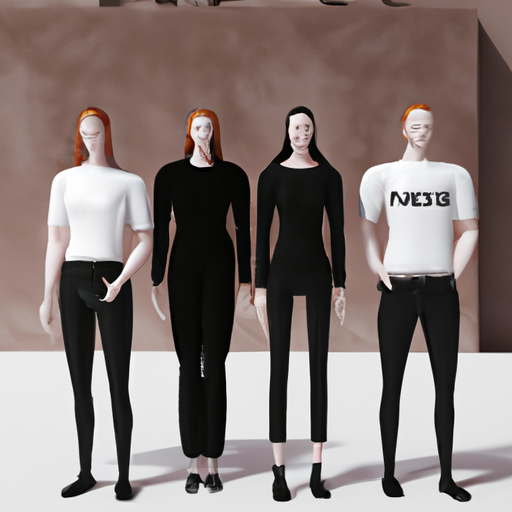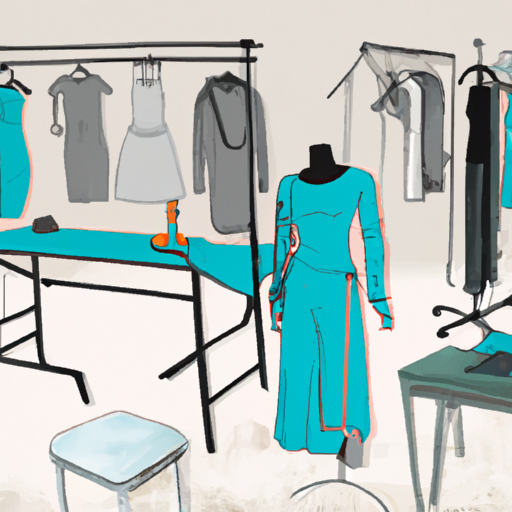Gender-neutral fashion is revolutionizing the clothing industry by challenging traditional style norms. Designers are creating inclusive collections that transcend binary fashion expectations. This movement represents a powerful cultural shift towards personal expression and identity.

The fashion landscape is undergoing a profound transformation, with gender-neutral clothing emerging as a significant and meaningful trend that goes far beyond mere aesthetic innovation. This movement represents a deeper societal shift towards inclusivity, personal expression, and breaking down restrictive fashion boundaries that have long dictated how individuals should dress based on gender.
Traditionally, fashion has been deeply segregated, with clear distinctions between menswear and womenswear. Clothing stores were typically divided into gendered sections, reinforcing binary expectations about how men and women should present themselves. However, contemporary designers and brands are now challenging these long-standing conventions, creating collections that celebrate fluidity and individual identity.
Leading fashion houses like Gucci, Balenciaga, and Louis Vuitton have been at the forefront of this revolution, introducing runway collections that deliberately blur gender lines. These collections feature designs that can be worn by anyone, regardless of gender identity, with silhouettes, fabrics, and styling that transcend traditional categorizations.
The rise of gender-neutral fashion is not just a trend but a reflection of broader social changes. Young generations, particularly Gen Z and millennials, are increasingly rejecting rigid gender constructs and demanding more inclusive representation in fashion. They view clothing as a form of self-expression that should not be limited by societal expectations or predetermined gender roles.
Technically, gender-neutral fashion involves several key design strategies. Designers focus on creating garments with universal cuts, neutral color palettes, and versatile styling options. Oversized silhouettes, minimalist designs, and adaptable pieces that can be styled multiple ways are hallmarks of this approach.
Economically, the gender-neutral fashion market is experiencing significant growth. Market research suggests that gender-neutral clothing lines are attracting increasing consumer interest, with many brands reporting substantial revenue increases from these collections. This trend is particularly strong among younger consumers who prioritize inclusivity and personal authenticity.
The psychological impact of gender-neutral fashion is profound. By providing clothing options that aren't constrained by traditional gender norms, individuals can explore and express their identity more freely. This approach supports mental health and personal well-being by reducing the pressure to conform to restrictive fashion expectations.
Sustainability is another critical aspect of the gender-neutral fashion movement. By creating versatile, adaptable pieces that can be worn by multiple people, these designs inherently promote more sustainable consumption patterns. Fewer, more flexible garments mean reduced fashion waste and a more environmentally conscious approach to clothing.
As the fashion industry continues to evolve, gender-neutral clothing represents a significant step towards more inclusive, expressive, and flexible fashion. It challenges long-standing conventions, celebrates individual identity, and provides a more democratic approach to personal style.
While challenges remain, including overcoming deeply ingrained societal norms and manufacturing complexities, the momentum behind gender-neutral fashion seems unstoppable. As more designers, brands, and consumers embrace this approach, we can expect continued innovation and broader acceptance of fluid, personal fashion expressions.



